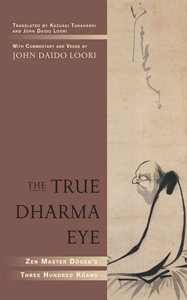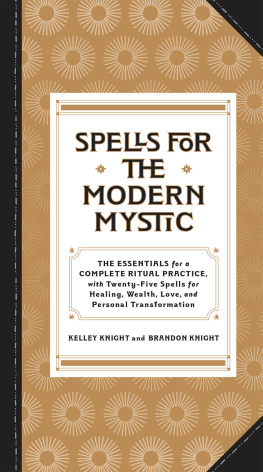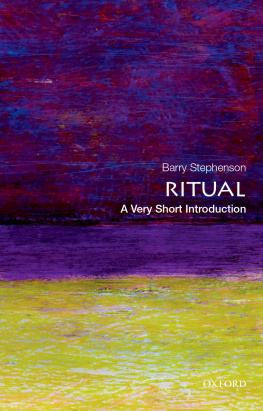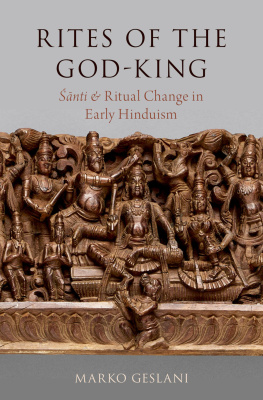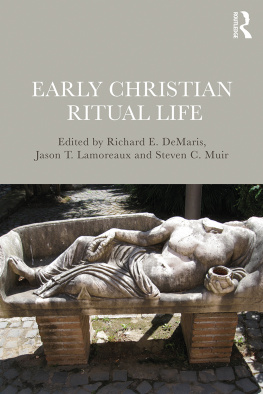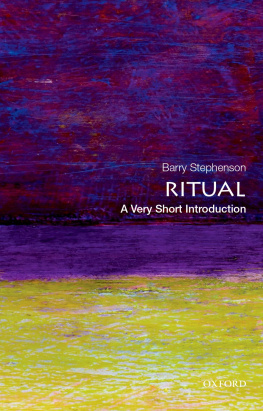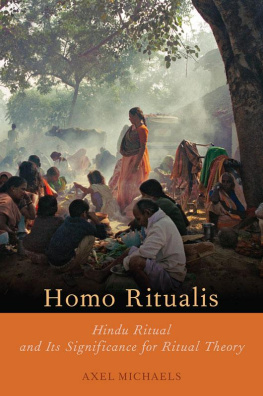First published 1998 by Westview Press
Published 2018 by Routledge
52 Vanderbilt Avenue, New York, NY 10017
2 Park Square, Milton Park, Abingdon, Oxon OX14 4RN
Routledge is an imprint of the Taylor & Francis Group, an informa business
Copyright 1998 by Tom F. Driver
All rights reserved. No part of this book may be reprinted or reproduced or utilised in any form or by any electronic, mechanical, or other means, now known or hereafter invented, including photocopying and recording, or in any information storage or retrieval system, without permission in writing from the publishers.
Notice:
Product or corporate names may be trademarks or registered trademarks, and are used only for identification and explanation without intent to infringe.
A CIP catalog record for this book is available from the Library of Congress.
ISBN 13: 978-0-367-01045-4 (hbk)
It was John David Maguire, a friend and colleague through the whole of my professional life, who best expressed the reason for the difficulty I face now in giving credit for work on this book where credit is due. While the project was still on the drawing board he asked me one day what it was about. Hearing my answer, and pausing only a moment to recall the several theological and cultural interests I have pursued over the years, he said, "Well! It's all coming together at last, isn't it?"
While a complete acknowledgment of all those who have personally helped me bring things together is impossible, I wish publicly to thank those who have gone out of their way to help me make the book better than it would otherwise have been. If I forget any who have done so, an event most likely, I thank them anyway and beg their indulgence.
Ronald Grimes, once a student of mine before either of us was working on rituals, and today a major figure in ritual studies who has taught me much, read through an entire draft of the book and sent voluminous, invaluable comments. Other scholars knowledgeable about rituals who personally gave me information, encouragement, and criticism include Catherine Bell, John Grim, Richard Schechner, Ivan Strenski, Mary Evelyn Tucker, Janet Walton, and Timothy Weiskel.
I am grateful to the Ritual Studies Group in the American Academy of Religion, especially its sometime chairperson, Tom Peterson, for its many helpful sessions, particularly one at which my evaluations of Victor Turner were heard and critiqued. For similar service I thank the members of the New Haven Theological Discussion Group.
The teaching staff of Auburn Theological Seminary read several manuscript chapters and spent a full day discussing them with me. On that occasion I received good suggestions from James Forbes, Maria Harris, Dwayne Huebner, Larry Rasmussen, Bob Reber, Barbara Wheeler, and Walter Wink. The latter's words, both oral and written, about principalities, powers, and political resistance, have been particularly helpful during the course of a long friendship.
In 1982 I was assisted by a Summer Grant from the National Endowment for the Humanities to do research on vodou rituals in Haiti. I am very grateful for an experience that not only added to my information but also changed my understanding of rituals. While in Haiti I had constant, generous assistance from Jean-Francois Chalut, Newton Dougherty, Jean-Claude Flanquin, and Chantal Regnault. Before and after that summer I have greatly benefited from the friendship of Karen McCarthy Brown, whose knowledge of vodou is thorough and who encouraged me to go and experience it for myself.
In Papua New Guinea I was helped by Gary Trompf at the University in Port Moresby and by the Lutheran mission in Wabag in the Western Highlands. My stay in Japan was made possible by an invitation to teach at Doshisha University in Kyoto, where I was graciously welcomed by the Department of English Literature. In Korea my host was David Suh, who made it possible for me to attend some Korean shamanistic rituals accompanied by skilled translators.
For some years I have taught a course listed as "Systematic Theology 283: Rituals and Sacraments." The students in this course have contributed more to my thinking than they are likely to know. Without them I would not have realized how complex the subject of rituals is, how difficult its communication, how necessary the practice of ritual is to its understanding. For their courage, curiosity, and unflagging interest I am grateful indeed.
At HarperCollins encouragement and many helpful suggestions have come from my editor, John Loudon. At home Susannah Driver lent her professional expertise to assist me in final editing.
If riot to read one's manuscripts and candidly respond, what are old friends forespecially if they are scholars and writers of distinction? James B. Carse, Carolyn G. Heilbrun, and Anne L. Barstow, who is both friend and spouse, did me that favor. I took all their counsels to heart, as any but a fool would do. Let the reader not hold them responsible for my errors but give them credit that there are not more. These friends are lights given by heaven to guide me.
Tom F. Driver
New York City
November 1990
This book was first published in 1991 as The Magic of Ritual: Our Need for Liberating Rites that Transform Our Lives & Our Communities. I am pleased that it is being reissued by Westview Press and am hopeful that its revised title will commend itself to readers both old and new.
What's in a name? The book has three major theses: (1) in spite of many contrary examples, rituals are often and ideally powerful; (2) this power is properly used not to instill conformity to what is old and entrenched but to facilitate various kinds of transformation; and (3) the truly ethical kind of transformation is that which results in the increase of freedom.
For people educated mainly along the lines of Western rationalism, the first two of these themes are counter-intuitive. So also was the use of the word "magic" in this book's original title, where it referred to ritual's surprising and not wholly rational power. In these pages one finds a defense of the word "magic" against its acquired pejorative connotations of mere superstition and wishful thinking.
This said, the more important theme of the book has to do with the role of ritual in processes both social and personal that move individuals, groups, and societies toward greater freedom. Most people in the world live in thrall to poverty, hunger, and disease. They are captive to the social, political, and economic systems that perpetuate these afflictions. Ideologies also enslave, among them sexism, racism, and the current idolatrous belief in free markets as the guarantors of human welfare. (The opposite idolatry of the "dictatorship of the proletariat" seems recently to have collapsed of its own weight.) Rich and poor alike are held captive by what the New Testament calls the "powers" of this world, which must, as Walter Wink says, be "en-gaged"that is, opposed. In such engagement, ritual has a far more important role to play than is often supposed. Therefore, the editors and I have chosen to re-christen this book as Liberating Rites: Understanding the Transformative Power of Ritual.


